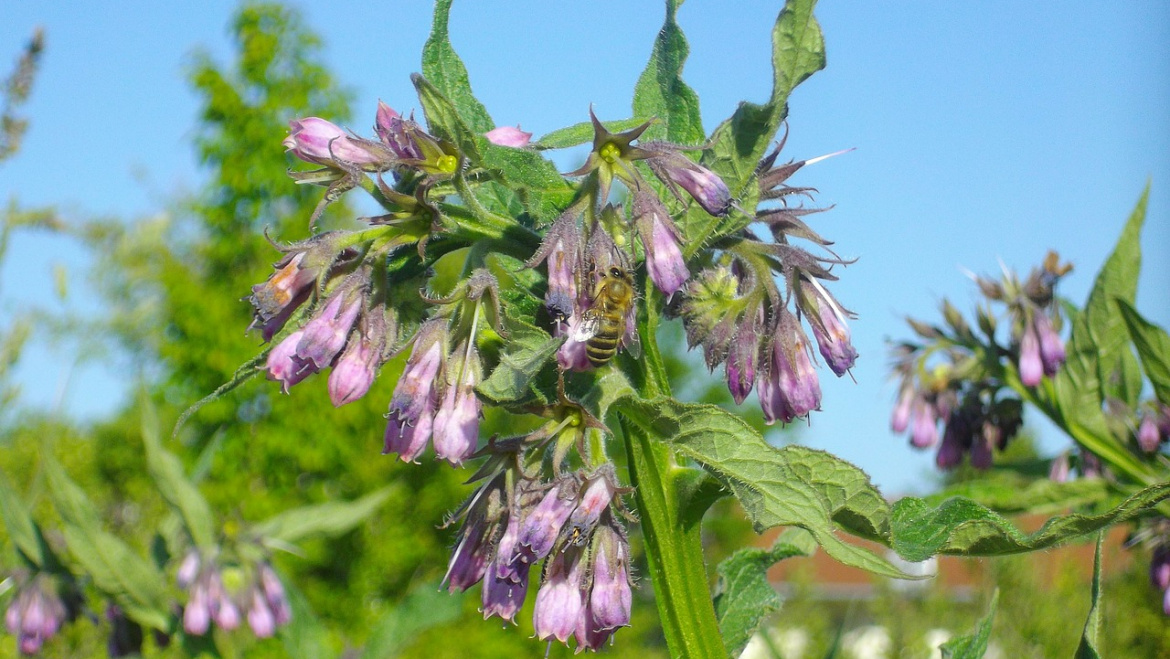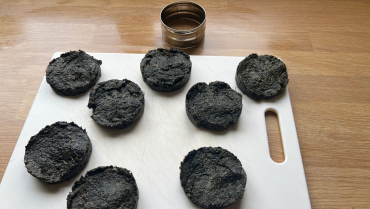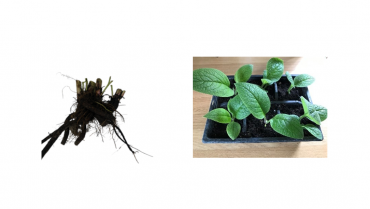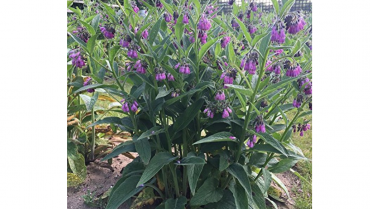Comfrey – Why Every Garden Should Have Some.
Welcome to our new Cultivated Comfrey website. We thought we’d start by sharing a little bit of information about the history and uses of comfrey, and to ultimately answer the question “why grow it?”
If you are lucky enough to have your own organic garden, then you’ll be familiar with the joy and satisfaction that comes along with maintaining it. There’s nothing quite like having your own little piece of land to cultivate and nurture your chosen plants and flowers to maturity.
Now, if you’re looking for something new to put in your organic garden, we can think of no better option than comfrey plants, and for good reason! You don’t have to take our word for it that this low-maintenance, multi-functional plant is an absolute must for gardeners everywhere, as we look at it in closer detail in this article.
We’ll begin by telling you a little about comfrey and the history behind it.
So, What Exactly is Comfrey?
As a member of the borage genus, comfrey plants are herbs known by the Latin term Symphytum spp that are native to Asia and Europe. In Asia alone, there are 40 separate recorded species, but if you’re buying some in the UK, it’s likely to be Symphytum x Uplandicum – a Russian hybrid variant of comfrey.
This hybrid is a combination of two separate wild comfrey species – common comfrey (Symphytum officinale) and prickly comfrey (Symphytum asperum) and they possess a variety of medicinal and nutritional benefits.
The History of Comfrey Plants
Back in the 19th century, Symphytum x Uplandicum was discovered by noted horticulturalist Henry Doubleday who was instrumental in it being widely used as a forage crop and for food. Even two world wars couldn’t prevent comfrey from being recognised, as Lawrence Hills picked up where Doubleday left off.
By the 1950s, Lawrence Hills’ research program was in full swing at his site in the Essex town of Bocking, near Braintree. It was here that Bocking 14 was discovered as the non-seeding comfrey strain with the highest nutrient content and from there, it would become used by gardeners around the world.
Uses & Benefits of Comfrey Plants
Bocking 14 Symphytum x Uplandicum was shown to produce the highest quantity of plant nutrients of all the comfrey variants. It particularly delivers superior proportions of nitrogen, phosphorus and potash. When used as an organic plant food, this comfrey strain resulted in high yields for flowering plants and vegetables.
Comfrey has also long been known for possessing powerful medicinal properties, with many referring to the herb over the centuries as ‘bruisewort’, ‘boneset’ and ‘knit bone’. It’s also highly effective at healing external wounds on the body, thanks to a compound known as allantoin.
It would be fair to say that comfrey is something of a natural wonder – perhaps explaining why it’s still being used widely in the modern day in infused oils, poultices and salves. Used correctly, it supports damaged skin cells to regrow more quickly and can be very useful on sprains and bruises – although it’s not advisable for use on open wounds or to be taken internally.
If you’re looking to find out more information about how to grow and use your own comfrey then you have come to the right place. Our aim at Cultivated Comfrey is to share what we know already about this amazing plant and to dedicate our time in finding out more about the benefits it has to offer the organic gardening community. We welcome your thoughts and open discussion about comfrey so that we can learn and grow together.
Please share your stories and experiences here, we really would love to hear about them!





Add Comment